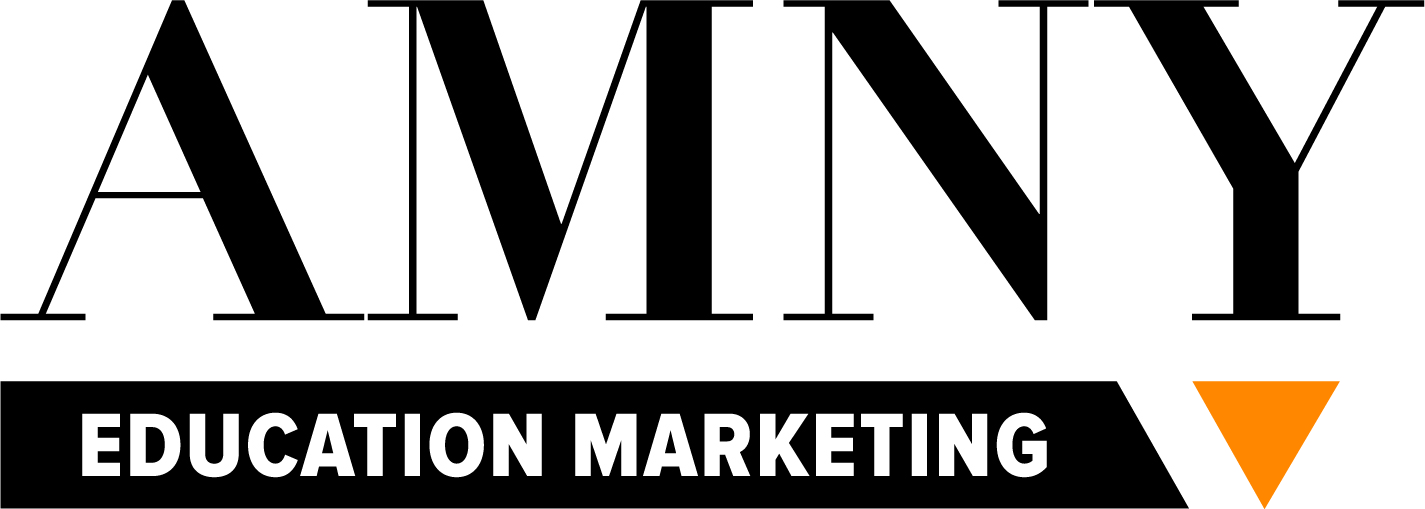
Effectively Using Chatbots in Higher Ed Marketing
As higher education faces increasing competition, colleges and universities look for innovative ways to market to prospective students. Have you considered chatbots? Although you might associate these with ecommerce and service providers, they offer great potential for higher ed marketing. Discover how to implement chatbots into your digital marketing strategy effectively with insights from AMNY Education Marketing.
H2: What Are Chatbots?
The chatbots of today are much different than their predecessors. Originally, chatbots were programmed with a set of common questions and answers. Users would select prompts that best reflected their questions, and the chatbot would respond with a pre-written answer.
Today, more chatbots use artificial intelligence (AI) techniques like natural language processing (NLP) that enable them to understand more complex questions. This allows for a more conversational experience. Another skill, natural language understanding (NLU), helps chatbots understand a user’s intent in asking a question. This knowledge guides the chatbot to offer the most meaningful response.
These developments have warmed users up to chatbots, which increasingly reflect the style of interaction they’ve come to expect from a human. Although many people prefer to speak with a human representative, there are situations in which that’s not possible. Chatbots enable timely responses 24×7. People can get the answers they need without being on hold for the next representative.
What’s more, chatbots can reduce your support specialists’ workloads. It can lower call volumes, freeing up time for your team to handle more complex and productive tasks. Chatbots help boost efficiency, which often reduces costs.
H2: Make the Most of Chatbots for Higher Education Marketing
When used correctly, chatbots can have a profound impact on your marketing efforts. However, research suggests your audience might need some convincing. According to a Gartner survey, only 8% of customers used a chatbot for customer service in their most recent interaction. Other research finds that 77% of consumers surveyed think chatbots are difficult, and 88% would prefer to speak to a human being.
Given these statistics, it might seem counterproductive to consider chatbots. Yet, you can increase the effectiveness of this innovative tool with the right approach. Follow these tips for higher ed marketing:
H3: Understand Your Audience to Personalize Experiences
How much do you know about your target audience? Your answer may inform how much value a chatbot will provide for your marketing efforts. Start with your website, which collects information like which page led a prospect to your website, how long they stayed, and their location. You can combine these insights with the capabilities of your chatbot.
Modern chatbots gather data about your prospects, such as their level of interest and their goals for being on your site. For instance, do they want to learn more about your programs or talk with a representative? It also considers pain points, which can guide responses.
As a prospect communicates with the chatbot, it collects more data to personalize the experience further. The more a prospect feels the chatbot understands their needs, the longer they will likely engage. Specific ways to personalize include:
- Determine the pages with the most engagement on your site and implement a chatbot that encourages prospects to make the next move, like speaking with an admissions counselor.
- Replace form fills with more guided chatbot experiences so prospects can get immediate responses.
- Use chatbots as virtual assistants, helping prospects connect with the right personnel based on their needs.
H3: Connect Prospects to the Right Channels
Chatbots offer a way to move prospects closer to enrollment. For example, you might have a chatbot request a user’s email address for sending marketing materials. But don’t forget the power of social media.
Although many prospects find your school through a Google search, others will encounter you on social media. Word-of-mouth marketing is significant in higher ed, and social media is how it travels. In addition to an email address, you might have a prospect provide their username for Instagram or TikTok. You might also have it request a phone number, as word-of-mouth also happens on messaging apps like WhatsApp. By requesting this contact information, you’re asking to interact with prospects where they’re most likely to engage.
H3: Simplify the Application Process
A challenge unique to higher education is navigating application seasons. This is when many prospects have a lot of questions. Consider how conversational AI can help.
First, you can send email reminders to prospects about application deadlines. Embedded in these emails can be a message about chatbots and the admissions team being available to help. When prospects get started, a chatbot will be available to answer questions or make sense of application criteria. Applications can be involved, and it’s here where prospects especially want fast answers.
H2: Engage Your Prospects with AMNY Education Marketing
Higher education faces unique difficulties in attracting prospective students, but the right capabilities and knowledge make a difference. Whether you’re interested in using chatbots or need guidance with your marketing strategy, trust AMNY Education Marketing. Our award-winning creative team will help tell your story and increase engagement with your target audience. Contact us today to learn more.
